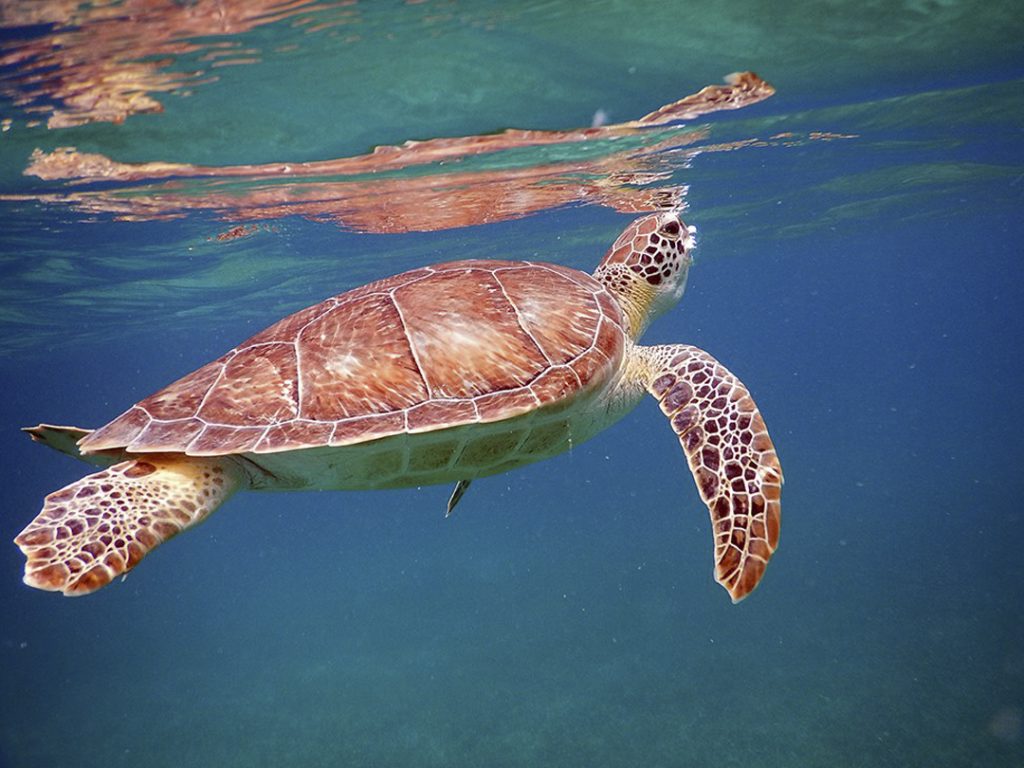Amphibian species: some of the rarest in the world
April 25, 2023
Meet the 10 most impressive amphibians.
Learn interesting facts and curiosities!
If you love learning interesting facts about wildlife like myself, this blog is for you! Today I’m going to share with you valuable information about nature’s most enigmatic creatures: amphibians.
Before diving into these incredible animals, let’s talk about their general features.
Amphibians are a class of vertebrates characterized by their moist, permeable skin and ability to breathe through their skin and lungs. They mainly inhabit forests and wetlands.
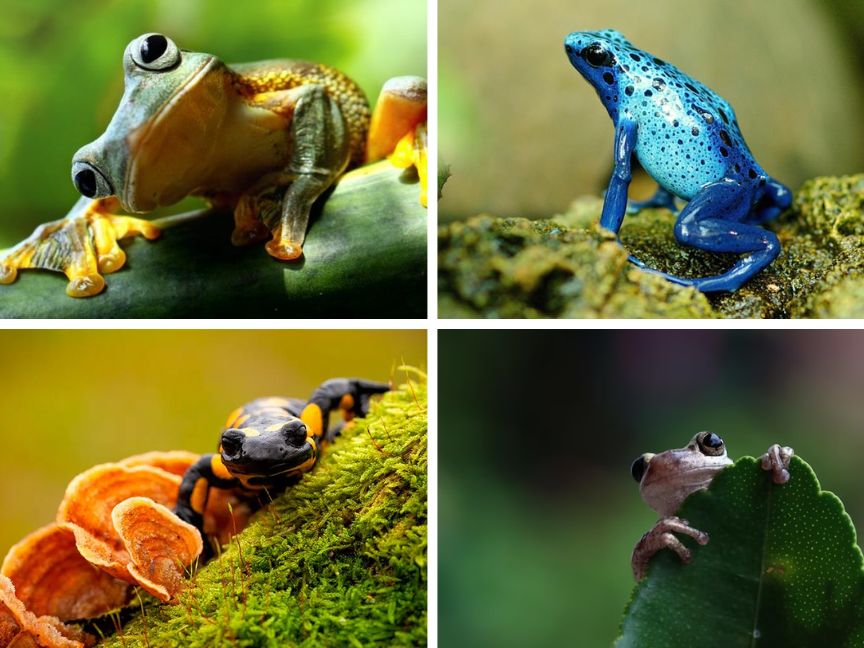
Their importance in the ecosystem is fundamentally linked to the fact that, on the one hand, they’re predators of a large number of invertebrates, such as insects and arachnids, and on the other, they are prey or food for other animals, such as mammals, birds, reptiles, fish and even insects and spiders.
Among the insects that amphibians feed on, some species are harmful to humans, such as those that transmit diseases like dengue, Zika, or malaria, but also insects that are considered pests to agricultural crops such as locusts and some species of beetles. In this sense, amphibians help control populations of insects that spread diseases or seriously harm agriculture.
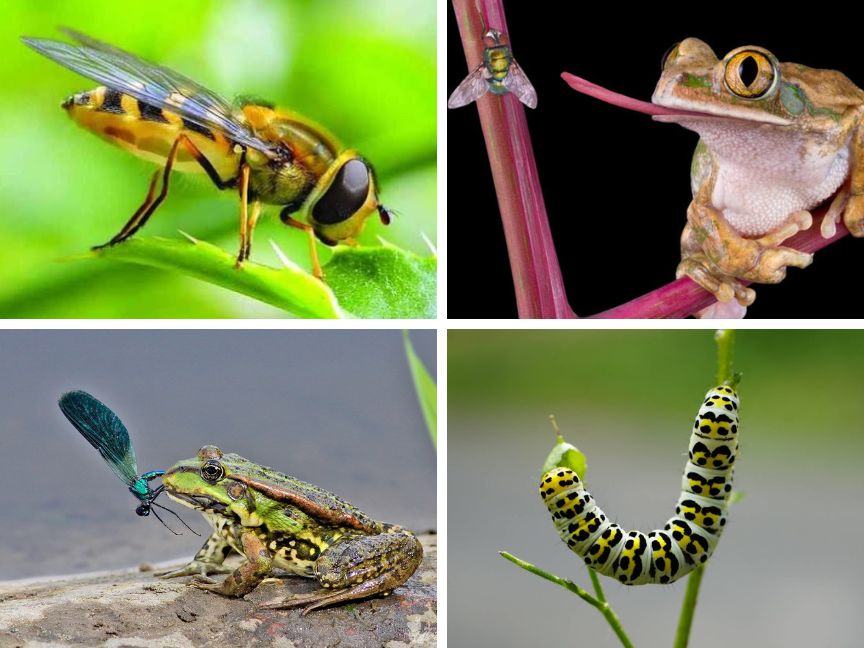
A curious fact is that about 10% of all Nobel prizes in medicine have resulted from studies with amphibians.
Despite their clinical and ecological importance, many amphibians are in danger of extinction due to the degradation of their natural habitat and human action.
Now, keep reading to learn about the 10 rarest amphibians in the world and their unique characteristics.
1.- Axolotl (Ambystoma mexicanum)
This aquatic amphibian endemic to Mexico is known for its ability to regenerate its limbs and internal organs, making it an important study model for regenerative medicine. However, its population has decreased due to the degradation of the lake they inhabit and the demand for its use as a pet.
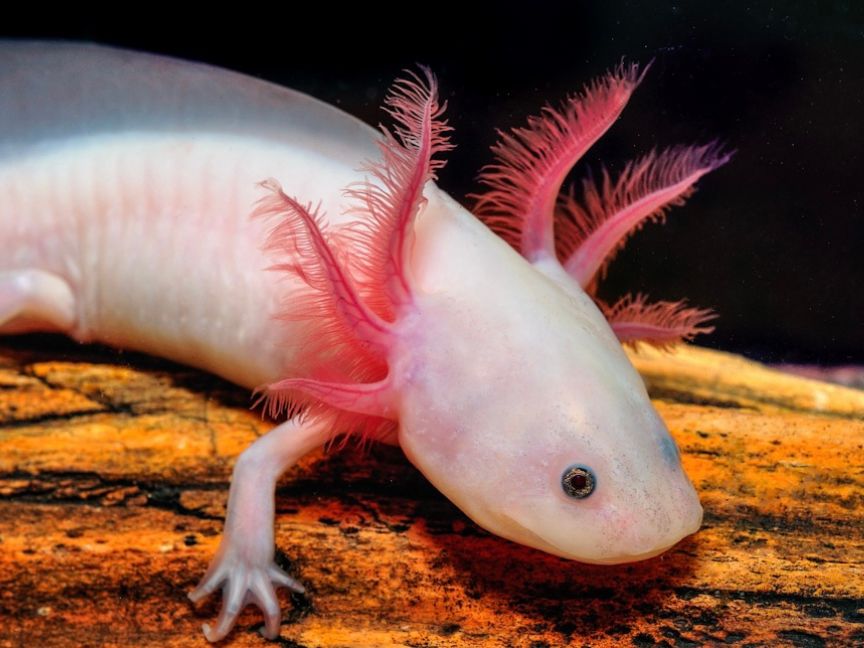
2.- Panama golden poison frog (Phyllobates terribilis)
This brightly colored frog is considered the most poisonous species in the world, and it’s used in hunting, warfare, and medicinal purposes by the region's indigenous people. Due to the demand for medicine and from collectors, its population has declined dramatically. pregunta te voy a contar sobre nuestro bestiario de animales fantásticos y críptidos mexicanos.
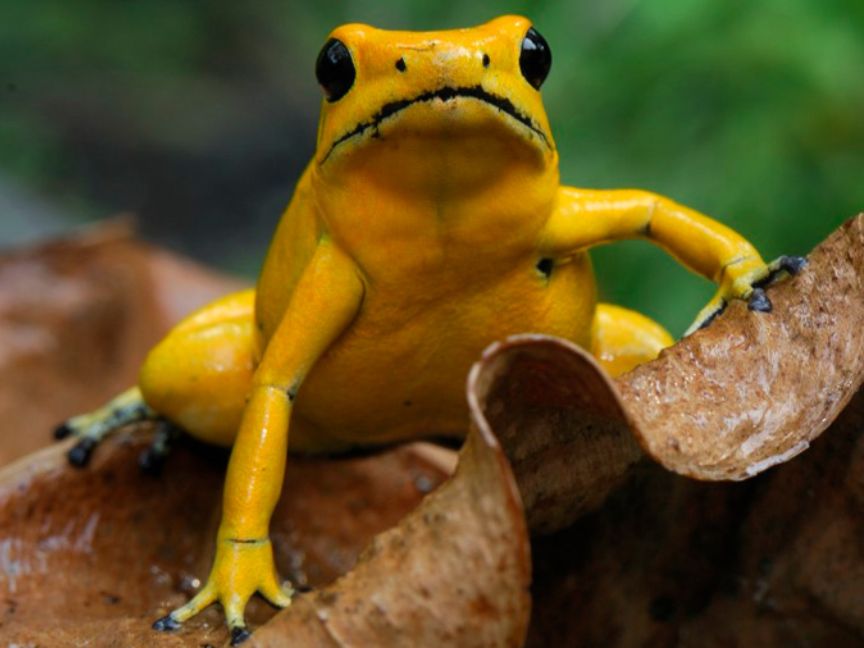
3.- Chinese giant salamander (Andrias davidianus)
This aquatic salamander, which can measure up to 5.9 ft in length, is considered the largest salamander in the world. Due to its meat being considered a delicacy and its use in traditional medicine, its population has drastically decreased.
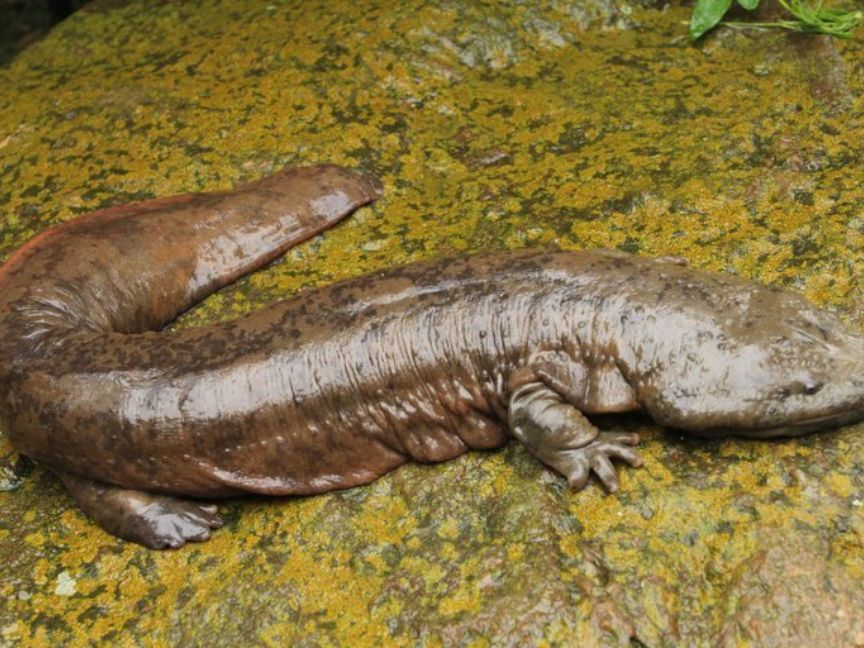
4.- Madagascar spadefoot toad (Mantella aurantiaca)
This small, brightly colored frog is endemic to Madagascar and is characterized by its loud, high-pitched song resembling a cell phone's ringing. Due to the degradation of its natural habitat and the demand for its use as a pet, its population has decreased.
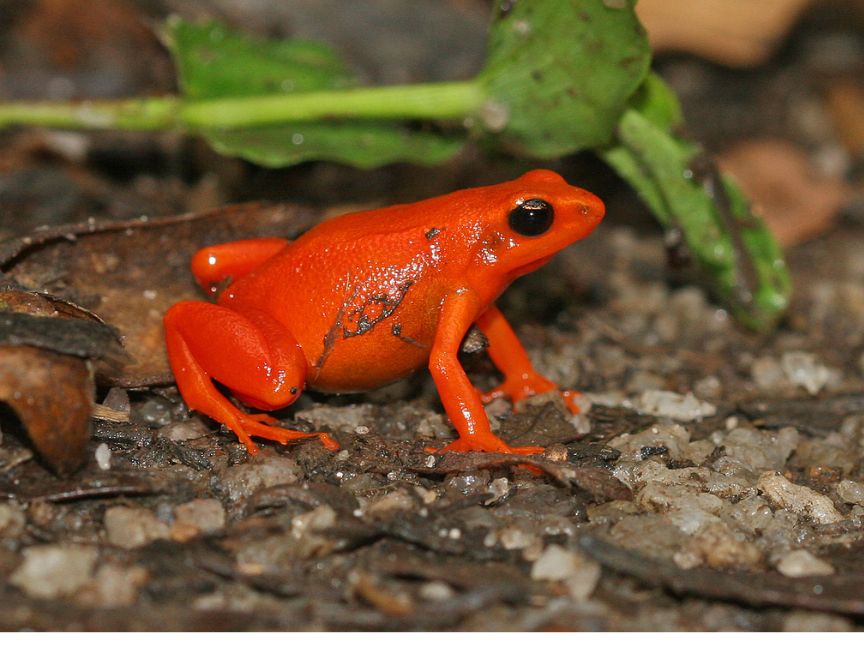
5.- Suriname giant cannon toad (Pipa pipa)
This aquatic toad, also known as the “weasel frog”, is known for its ability to give birth on its back. Due to the degradation of its natural habitat, its population has decreased.
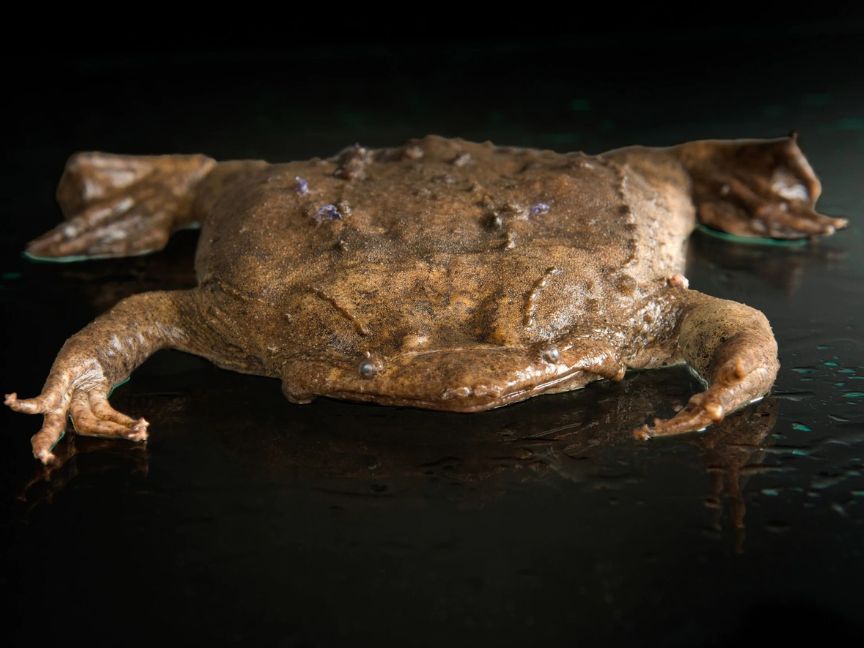
6.- Madagascar red-eyed tree frog (Agalychnis callidryas)
Known for its large red eyes and bright green skin, this tree frog is used in traditional medicine and the pet trade. Due to the degradation of its natural habitat, its population has decreased.

7.- Suriname Horned Toad (Ceratophrys cornuta)
This large, carnivorous toad, also known as the Pacman frog, can swallow prey the size of its head.
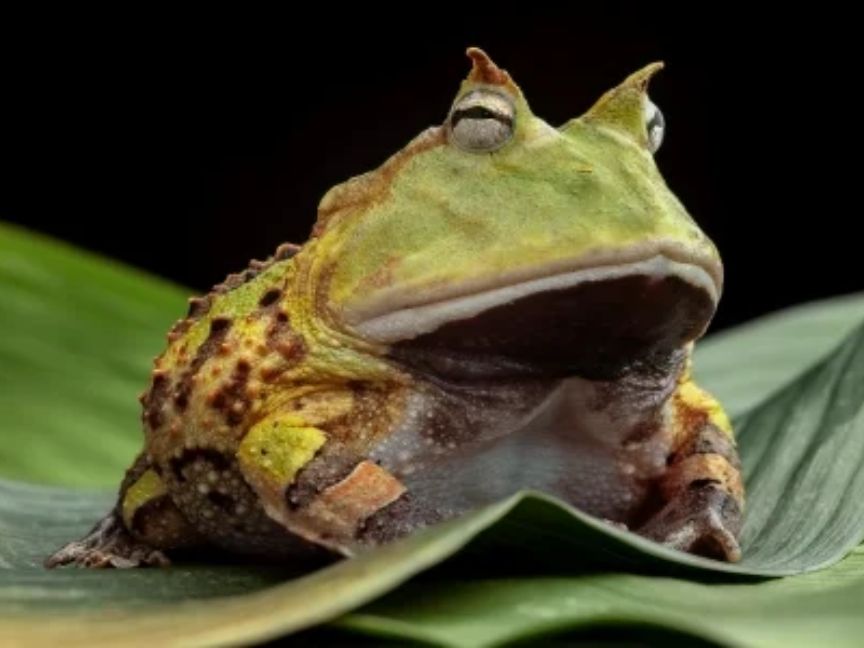
8.- Bolivian Mountain Thumb Toad (Rhinella achavali)
This species of toad, also known as the “Sach'a little toad”, is endemic to Bolivia and is characterized by its "hairy ball" appearance, with skin-covered spiny projections. Its population is in danger due to the degradation of its habitat and water pollution.
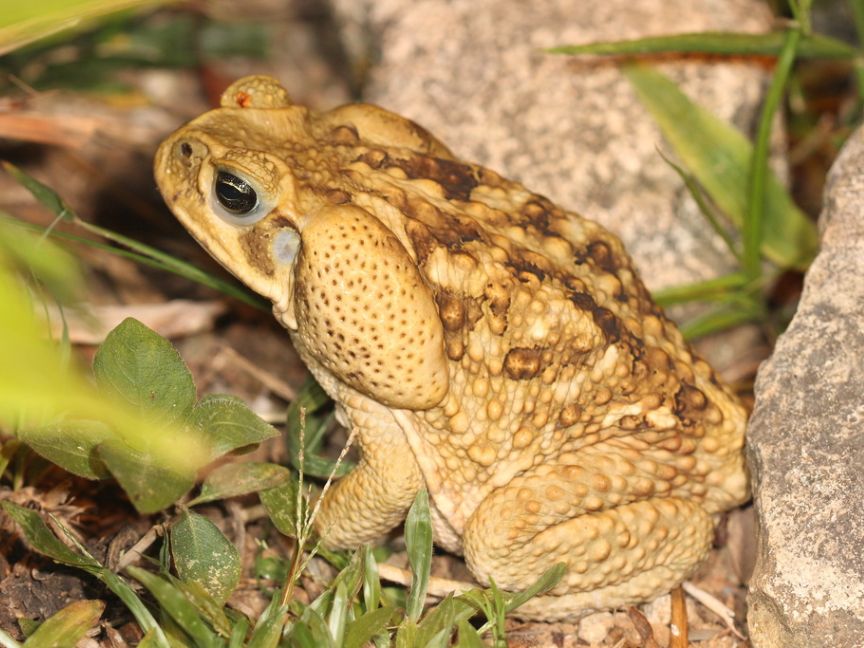
9.- Darwin's midwife toad (Rhinoderma darwinii)
This species of toad, found in Chile and Argentina, is notable for the role the male plays in raising its young. After the female deposits her eggs on a leaf, the male picks them up on his hind legs and carries them for several months until they develop and emerge as tadpoles. The species is endangered due to the loss of its natural habitat and pollution.
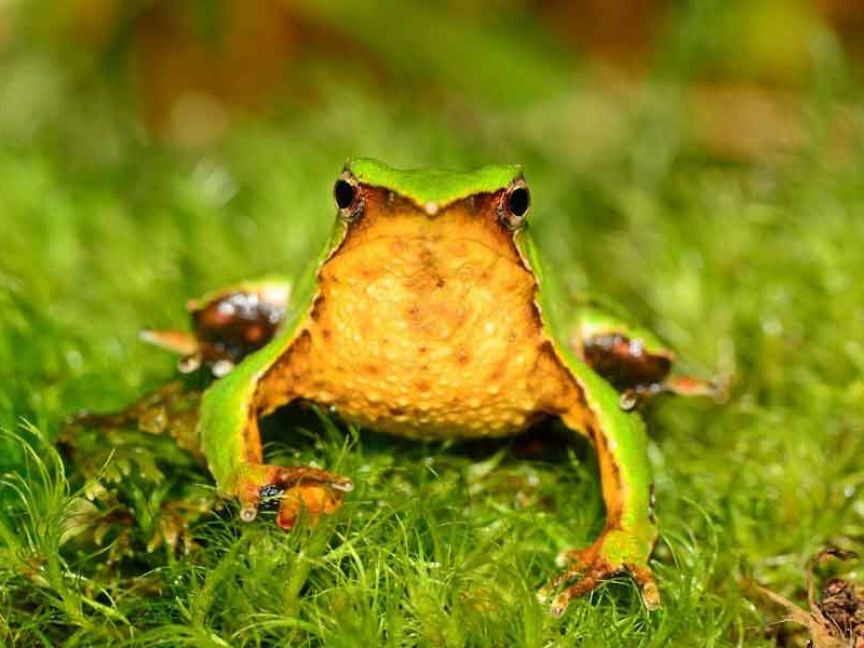
10.- Madagascar tomato frog (Dyscophus guineti)
This tiny frog is known for its bright red and black coloration and its ability to produce toxins that protect it from predators. Its population is in danger due to its natural habitat's degradation and its distribution range's fragmentation.
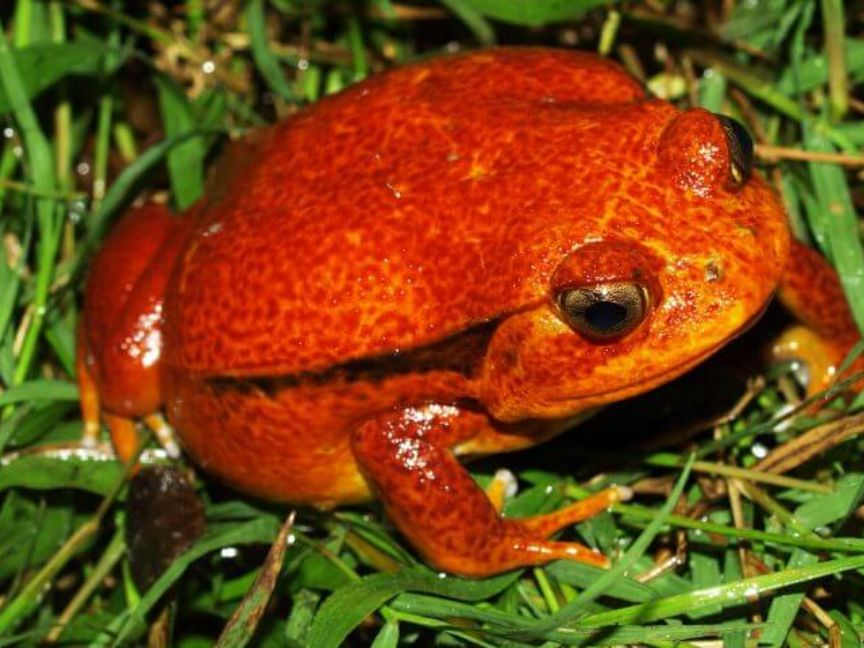
As you can tell, amphibians are a fascinating and diverse class of vertebrates, but many of them are endangered due to human activity.
The species we just learned about, are just a sample of the incredible diversity and complexity of amphibian life.
41% of amphibians are at risk of extinction, so we must strive to protect their habitat and take action to preserve these unique and valuable species in the natural world.
Remember that there’s always something we can do; I would start with:
- Taking care of our environment
- Helping raise awareness
- Supporting conservation initiatives
Now, in addition to having learned super interesting facts about amphibians, you are also aware of the importance of these little animals.
Share this information with another animal lover!

Orgullosamente Cancunense, viajar es mi actividad favorita. Amante de los atardeceres, la pasta, el ...
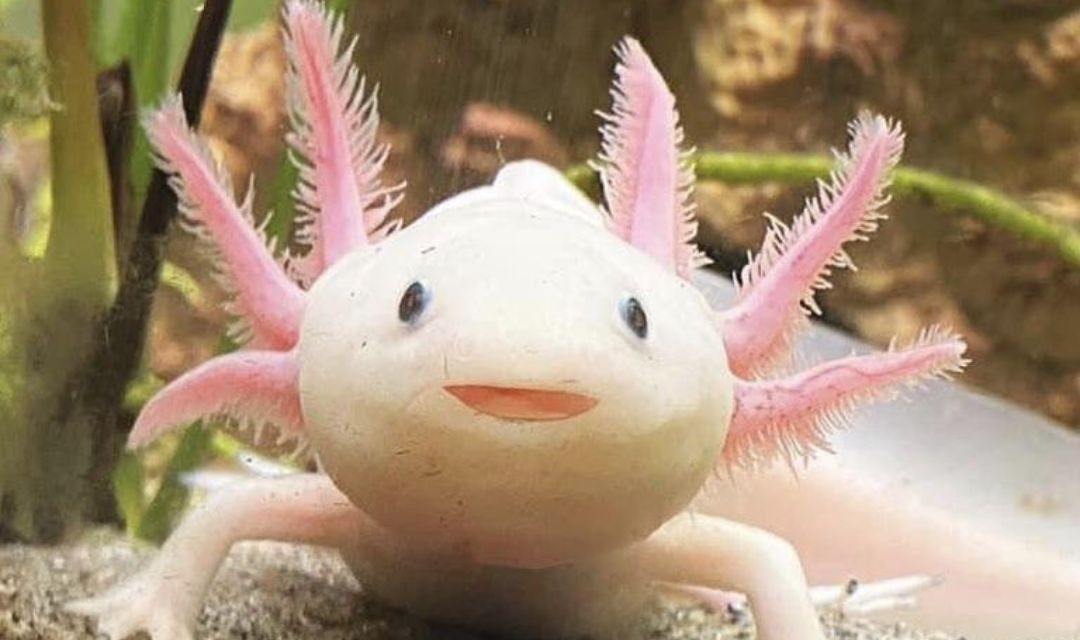
Posts Relacionados
Grupo Xcaret
Hotels
